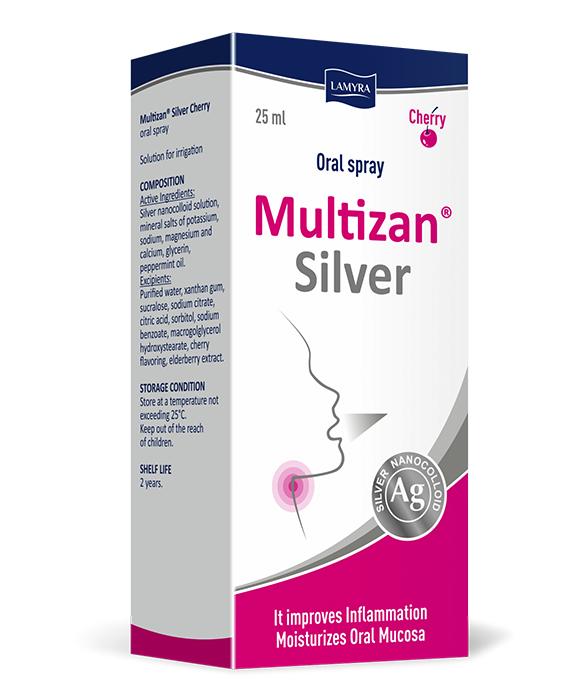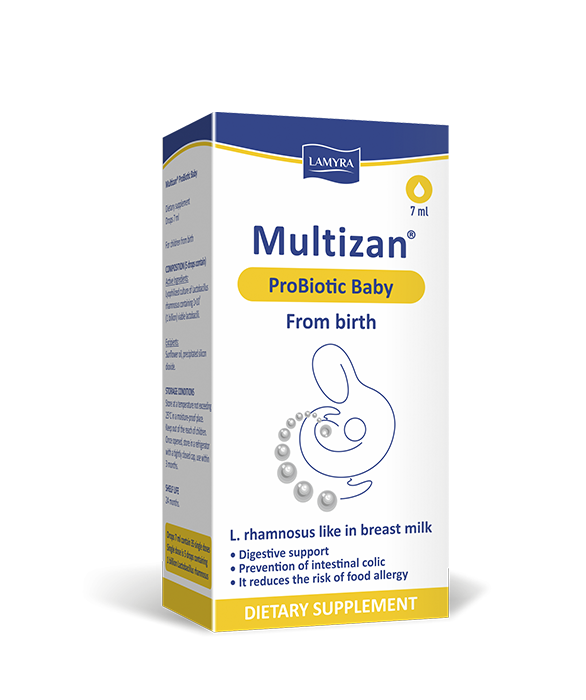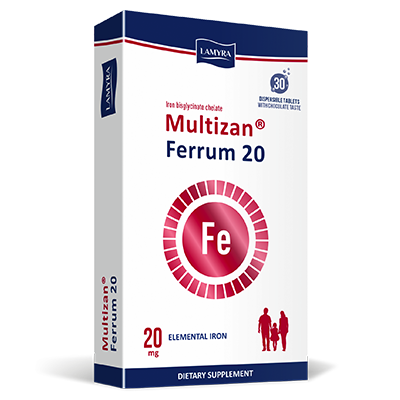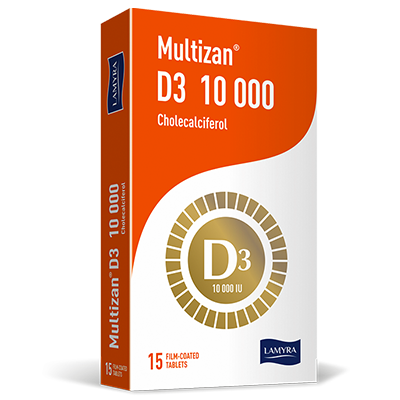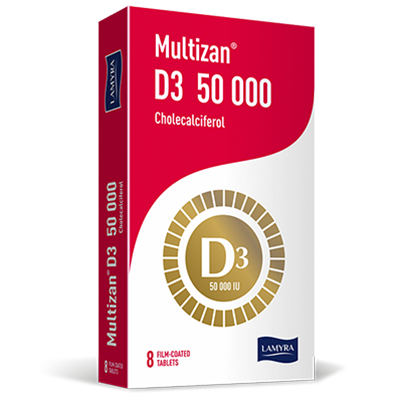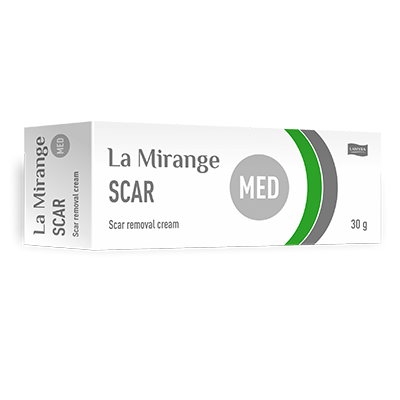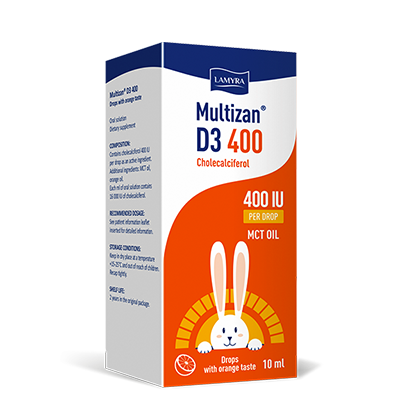Heavy menstrual bleeding is blood loss that causes a woman's physical or emotional health problems. According to the International Federation of Gynecology and Obstetrics (FIGO), the degree of incidence is 3-30% among women of reproductive age.
CAUSES OF HEAVY MENSTRUAL BLEEDING
Heavy menstrual bleeding can be considered as a special case of abnormal uterine bleeding. The reasons are arranged according to the acronym PALM-COEIN. They include:
-
A polyp is a benign endometrial growth (the inner layer of the uterus).
-
Adenomyosis is a special case of endometriosis, where endometrial foci are located in the myometrium (the muscle layer of the uterus).
-
Leiomyoma is a benign tumor of the uterus. Submucosal nodes have a high impact on the volume of menstrual bleeding.
-
Malignancy and hyperplasia are atypical changes in the endometrium and uterine cancer.
-
Coagulopathy is a failure in the blood coagulation system.
-
Ovulatory dysfunction is a change in the hormonal function of the ovaries.
-
Endometrial functional disorders.
-
Iatrogenic factors, when the cause is medical interventions.
-
Not yet classified.
RATE OF MENSTRUAL BLOOD LOSS
Normal menstrual bleeding has the following parameters (according to the FIGO criteria, 2018):
-
The duration of a menstrual period is 3-8 days;
-
The duration of a menstrual cycle is 24-38 days;
-
The volume of blood loss is 5-80 ml;
-
Frequency is defined as a regular change from the shortest to the longest cycle within 7-9 days.
Each woman’s menstrual cycle can vary both in their duration and nature. Not every deviation from traditional 28 days is considered as pathology.
To specify the diagnosis of heavy menstrual bleeding, the following terms are used at the Russian gynecological school:
-
menorrhagia – prolonged (more than 8 days) and heavy (more than 80 ml) menstrual bleeding;
-
polymenorrhea – frequent regular menstrual bleeding (a cycle is less than 24 days);
-
hypermenorrhea – regular and heavy (more than 80 ml);
-
menometrorrhagia – prolonged (more than 8 days) and heavy (more than 80 ml) in combination with intermenstrual spotting.
A woman can determine the amount of menstrual blood loss focusing on the Mansfield-Voda-Jorgensen scale. According to this scale, it is necessary to ask for help in the following situations:
-
heavy bleeding, when tampons or highly absorbent pads are to be changed every 3-4 hours;
-
intensive (heavy) bleeding, when hygiene products are changed more often than every 2 hours.
BLOOD TEST
Heavy menstrual bleeding is dangerous due to the development of anemia. Its indicators in blood tests (routine and biochemical) are the following:
-
Decreased hemoglobin levels – less than 120 g/l or 12 g/dl. Normal values can be observed in case of latent anemia. Thus, other blood parameters are also analyzed.
-
The size of erythrocytes (MCV) is less than 80 fl.
-
The content of hemoglobin in the erythrocyte (MCH) is less than 22 pg.
-
Serum iron – less than 12 µmol/L.
-
Ferritin. The normal range depends on a test method, the values are indicated in the analysis sheet. To confidently exclude latent anemia, it should not be less than 40 μg/l.
-
ESR is accelerated in case of anemia. The indicator is not evaluated separately.
The above-mentioned data is sufficient to establish the diagnosis of ANEMIA and start treatment. Moreover, a decrease in the total number of erythrocytes indirectly indicates heavy menstrual bleeding (less than 3,7*1012 er/l).
TREATMENT OF ANEMIA
The administration of iron supplements is part of a complex treatment of anemia and a correct therapeutic approach. Before starting the treatment of anemia, you need to find out the cause of its occurrence. Benign or malignant growths of the uterus and ovaries, hormonal disorders, the termination of pregnancy at an early stage, the presence of an intrauterine device, etc. lie behind heavy menstrual bleeding. Blood diseases can also be the cause of anemia. It is better to consult your doctor to establish a correct diagnosis and the cause of anemia.
DIET
A diet enhances the main treatment of anemia. After recovery, adequate hemoglobin levels are maintained due to the inclusion of foods with a high content and absorption of iron in the diet. It is not possible to improve blood values only by nutrition since the absorption of iron from foods does not exceed 2,5 mg/day, while the absorption of iron from medications is 15-20 times higher.
Nevertheless, it is recommended to take foods with a sufficient amount of well-absorbed proteins and iron in case of iron deficiency anemia.
-
Meat products contain Fe, which is part of a heme (heme Fe), it is absorbed by 25-30%.
-
Fe, which is part of hemosiderin and ferritin (liver, eggs, fish), is absorbed by 10–15%.
-
Fe, which is part of plant products (legumes, soya beans, spinach, dill, lettuce, apricots, prunes, bread, rice), is absorbed by 3-5%.
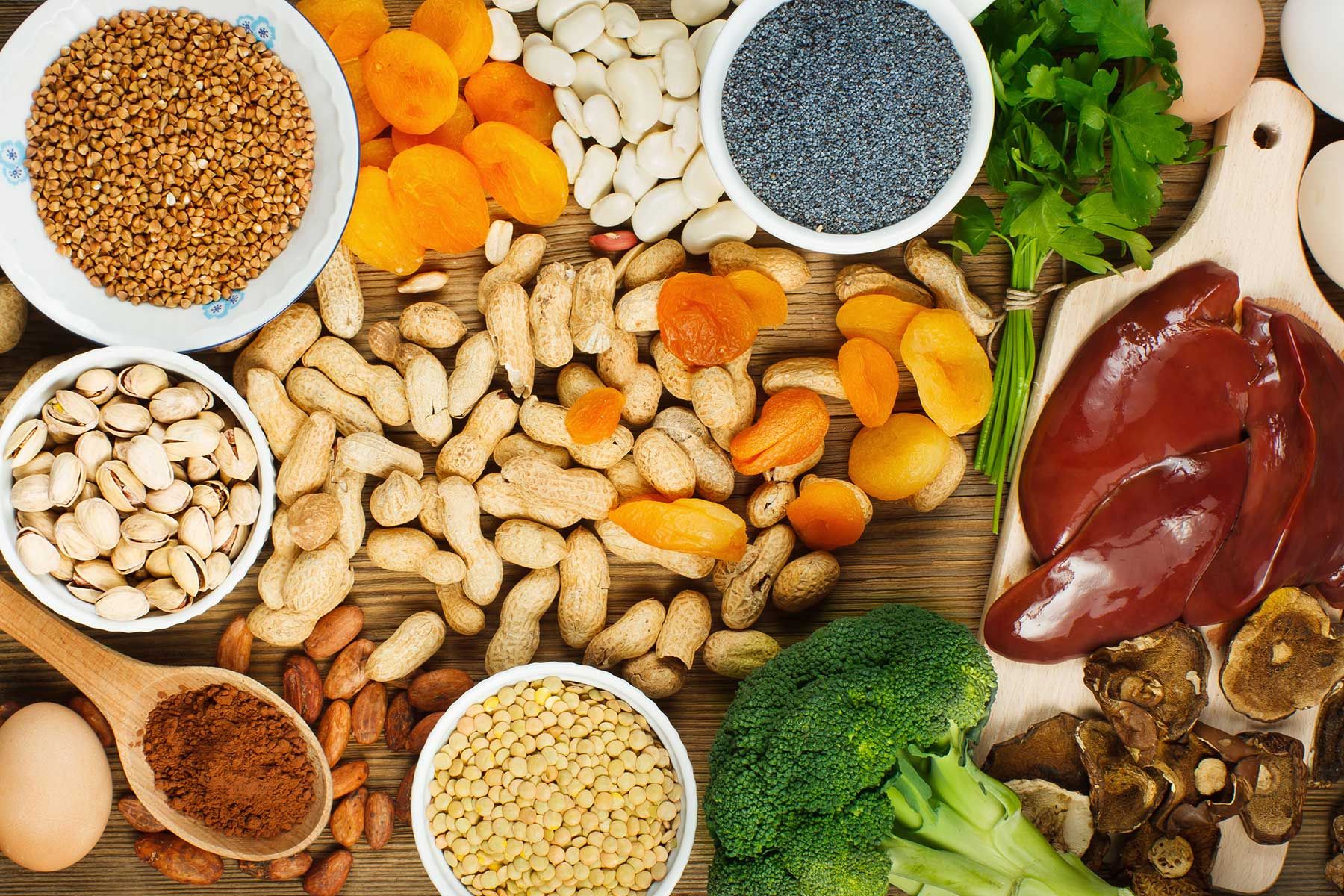
IRON PREPARATIONS
Ferrous and ferric iron preparations are used to treat anemia, where the mineral is part of various salts. The ferrous iron preparations raise hemoglobin more quickly and efficiently, but they often have side effects. The ferric iron preparations are better tolerated, however, they have lower bioavailability (10-15%) that requires the administration of higher dosages. The dietary supplements, Multizan Ferrum 30 and Multizan Ferrum L, have bypassed this shortcoming due to iron bisglycinate chelate, a special salt, which provides a good absorption, does not irritate the mucous membrane of the stomach and intestine, does not interfere with the absorption of other vitamins and minerals, and is well tolerated. Moreover, Multizan Ferrum L contains L-methylfolate which improves blood formation.
The main advantage of Multizan Ferrum is that there is no need to choose between efficiency and safety:
-
more than 90% of iron is absorbed;
-
does not irritate the gastric mucosa;
-
does not cause nausea or abdominal pain;
-
does not affect the color of tooth enamel;
-
does not cause a metallic taste in the mouth;
-
authorized for children, adolescents and pregnant women.
3 APPROACHES TO THE TREATMENT AND PREVENTION OF ANEMIA WITH IRON SUPPLEMENTS IN WOMEN
1. Course administration. Iron should be taken as a prescribed course. The duration and amount of the dietary supplement are determined depending on the severity of a disease. In case of latent iron deficiency, when hemoglobin levels are within the normal range, and the problem is decreased ferritin levels, 1-2 tablets 30 mg per day should be prescribed. This is sufficient to fully replenish the depot of iron. In case of mild and severe anemia, the dose should be increased to 3-4 tablets per day. The duration of administration is individually determined focusing on the dynamics of treatment: from 3 months for mild anemia to 6 months for severe anemia. What's taking so long? The issue is that a course of therapy consists of two stages. At the first stage, it is necessary to achieve a normal level of hemoglobin (> 120 g/l) and other indicators in a routine blood test. At the second stage, it is necessary to replenish the depot (reserves) of iron, increase the amount of ferritin (more than 40 ng/ml).
2. Intermittent administration. The WHO proposed it to prevent anemia in regions with a high level of its prevalence (> 20%). As a preventive measure after the main course of treatment. According to the intermittent regimen, each menstruating woman should take 60 mg of elemental iron and 2,8 mg of folic acid once a week for 3 months. Then, the course is to be interrupted for 3 months and is to be resumed in the same regimen.
3. The administration of iron supplements during menstruation. Many gynecologists use this approach since the rapid replenishment of iron losses reduces the chance of developing anemia. The method is recommended after the main course of treatment, when the levels of hemoglobin and ferritin are normal. So, you can take 1 tablet of the dietary supplement per day during your menstrual period.
Multizan Ferrum 30 and Multizan Ferrum L are a gentle iron support for women! This is an opportunity to be active, maintain the immune and hormonal systems of the female body, have a healthy complexion, beautiful hair and nails.

